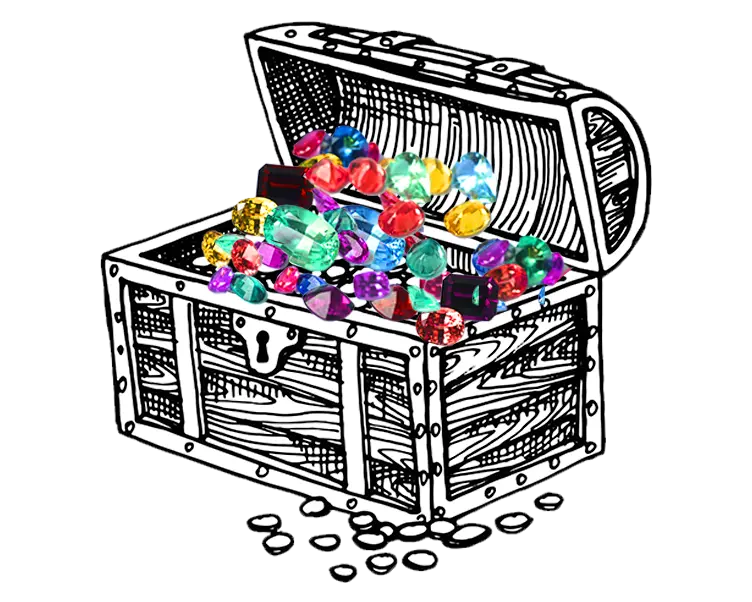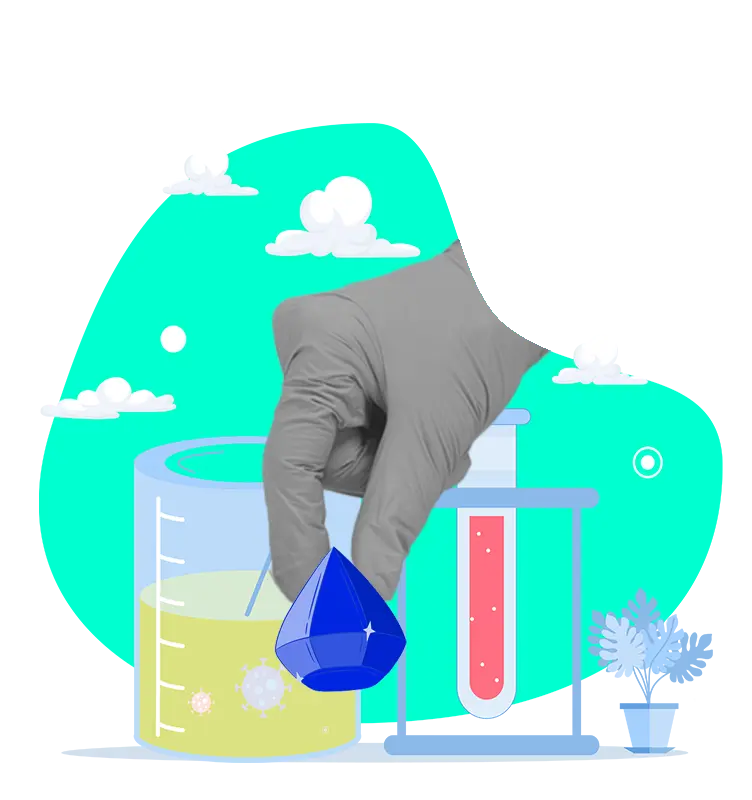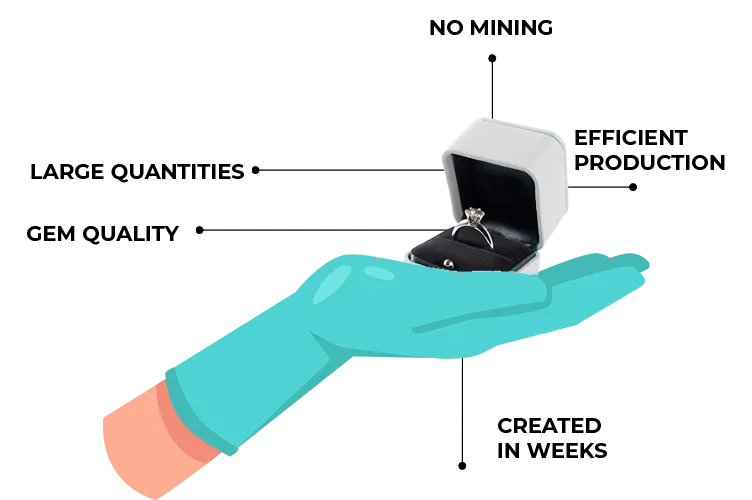

Most often associated with engagement rings and special proposals, diamonds are a traditional symbol of love and status. However, modern couples are more socially responsible, opting for alternative stones or even lab made ones. There is a growing movement of people choosing laboratory grown diamonds instead of mined diamonds.
They are identical to mined diamonds in terms of their physical and chemical properties and brilliance. But lab grown diamonds are cheaper, have a smaller environmental impact, and are more ethical because there’s no possibility of them funding wars in Africa.
Lab grown diamonds can be produced in a variety of colors, which gives consumers more options when choosing an engagement ring or other piece of jewelry. With the help of celebrities like Meghan Markle increasing awareness of the impact of mining on the environment, lab grown diamonds will likely continue to grow in popularity in the years to come.
Lab grown diamonds, sometimes called lab created or man-made diamonds, are grown in a controlled laboratory using advanced technology to replicate the conditions in which natural diamonds develop.
Labs use a high-pressure high-temperature (HPHT) or chemical vapor deposition (CVD) method to recreate the environment beneath the Earth’s crust. The HPHT method takes a tiny diamond seed placed inside a piece of carbon. The carbon is then pressurized to around 1.5 million pounds per square inch while being exposed to temperatures over 2,700 Fahrenheit. This process melts the carbon to form a diamond around the initial seed.
The CVD method places a small diamond seed inside a chamber filled with carbon-rich gases (usually hydrogen and methane) and heated over 1,400 Fahrenheit. The gases ionize into plasma, breaking down the gas’s bond, causing pure carbon to stick to the diamond seed, creating a new diamond.
While natural diamonds take billions of years to form, diamonds grown in a lab take only a few weeks or months to develop.
Because lab created diamonds are made from the same carbon atoms as natural diamonds and are arranged in the same diamond crystal structure, they are chemically identical to natural diamonds.

Before you buy a lab grown diamond, you might wonder, are lab grown diamonds considered real? Lab grown diamonds are considered real because they have the same chemical properties as real diamonds. Additionally, here is a helpful article that could assist you in determining if a diamond is real or not.
When first created, many people called lab grown diamonds synthetic because they are man-made. But because it’s impossible to synthesize an element (the carbon from which a diamond is made), a lab grown diamond cannot be synthetic.
In 2018, the U.S. Federal Trade Commission (FTC) ruled that diamonds grown in laboratories are real diamonds. This ruling was based on the fact that lab grown diamonds share the same chemical, physical, and optical properties as natural diamonds.
In addition, the FTC found that lab grown diamonds are indistinguishable from natural diamonds to the naked eye. As a result of this ruling, lab grown diamonds can now be legally advertised as real diamonds. This ruling will likely significantly impact the diamond industry, as it could lead to more consumers opting for lab grown diamonds over natural ones.
To the naked eye, lab grown and mined diamonds look identical. But to a trained gemologist, such as those at the Gemological Institute of America, there are several ways to tell them apart. For example, natural diamonds tend to have small imperfections called inclusions, while lab grown diamonds are typically flawless.
In addition, each diamond has its own unique pattern of flaws, called a fingerprint. Examining the fingerprint under a microscope allows a gemologist to determine whether a diamond is lab grown or mined.

If they aren’t natural, are lab grown diamonds cheaper? That depends. Are lab grown diamonds less expensive? Definitely.
Diamonds grown in a lab are not as expensive as natural diamonds but aren’t necessarily cheaper, depending on how you look at it. The quality of lab grown diamonds is increasing, making them more popular. Some people even prefer them over natural diamonds because they are ethically and environmentally conscious.
There are a few reasons why lab made diamonds are real diamonds but more affordable than natural diamonds.
Now that we know diamonds grown in a lab are considered real while still being less expensive, some might wonder if diamonds are still as strong as diamonds. Unlike another popular diamond substitute, cubic zirconia, which is made from zirconium dioxide, lab grown diamonds are made from the same compressed carbon as natural diamonds and are equally as durable.
If you’re searching for an engagement ring, you might wonder are lab grown diamonds as good as real diamonds. Because a diamond lasts forever, take the time to learn about the benefits of a man-made diamond. Here are five reasons to consider a lab grown diamond for your engagement ring.
Lab grown diamonds are created in a controlled environment, meaning no mining is involved. The process of mining natural diamonds is very destructive to the environment, as it often involves clear-cutting large areas of land and can contaminate nearby water sources with chemicals.
Because lab grown diamonds are created in a controlled environment, they do not require the same amount of investment as natural diamonds. The cost of mining, shipping, and processing natural diamonds is passed on to the consumer, making them much more expensive than their lab grown counterparts.
The process of mining natural diamonds can result in human rights abuses, as workers can be paid meager wages and work in dangerous conditions. On the other hand, lab grown diamonds are ethically sourced, as they are created in a controlled environment where workers are paid fair wages and work in safe conditions.
Natural diamonds often contain impurities that can affect their appearance, but lab grown diamonds are purer and have fewer imperfections because they are created in a controlled environment.
Lab grown diamonds also tend to have better color than natural diamonds. The process of mining for natural diamonds can damage or destroy the delicate color balance of the stone, but lab grown diamonds retain their color purity.

There’s a lot that goes into planning the perfect proposal. But one of the most important things to keep in mind is the engagement ring. The ring symbolizes your love and commitment, and it should be something that she will cherish forever.
The Grooms Club has tips, advice, and ideas dedicated to engagement and wedding planning. If you’re searching for the perfect cut, clarity, color, and carat ring style for your soon-to-be fiancée, check out The Groom Club for the ultimate wedding and engagement content.